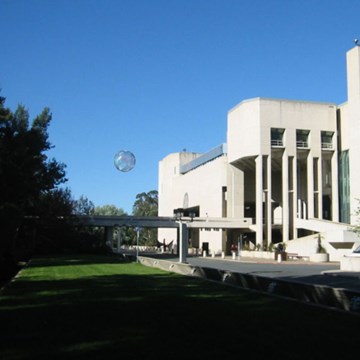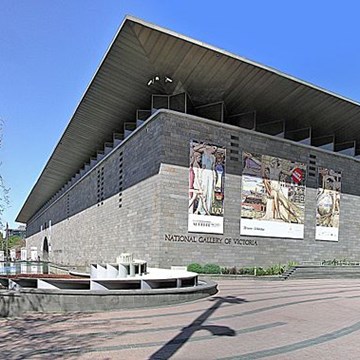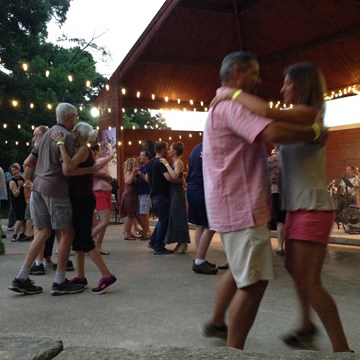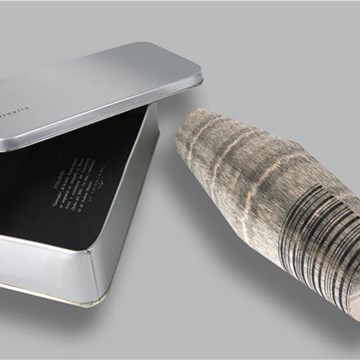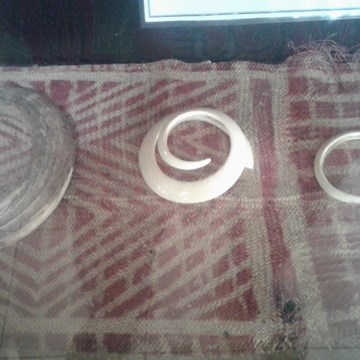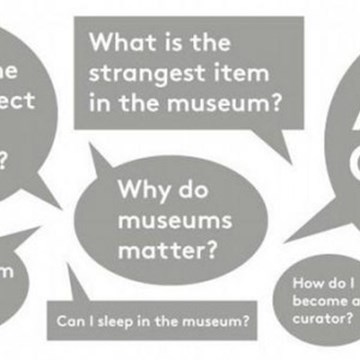National Museum of Korea
As the repository for over 5,000 years of Korean art, culture and history, the National Museum of Korea preserves, researches, exhibits and globally promotes the significant and essential cultural heritage of Korea ranging from the GOJOSEON period by ancient Korean kingdom to the JOSEON dynasty, the last and most recent dynasty of Korea, so that our visitors can appreciate and understand the chronology of Korean history and arts.
The National Museum of Korea also has symbolic significance for the history of Korea’s museums. The origin of museums in Korea may be traced back to 1909 when the Imperial Museum of Korea was established. During the Japanese colonial period from 1910 to 1945, two representative museums in Korea were the Yi Royal-Family Museum and the Museum by Government-General of Joseon.
In 1945, Korea got back its sovereignty from Japan, and renamed the previous two museums as the National Museum of Korea. Since then the National Museum of Korea had been moved several times until 2005 when the museum found its wholly dedicated museum building in Yongsan. In 2009, we celebrated the 100th anniversary of Korea’s museums.
The space of the museum is divided into the permanent exhibition hall and the special exhibition gallery. The representative artifacts include "Pensive Bodhisattva" from 7th century, Gold Crown from 5th century Silla Kingdom, Ten-story Pagoda of Gyeongcheonsa Temple and many celadon wares from Goryeo dynasty, as well as the white porcelains from Joseon dynasty. Along with Korean artifacts, the museum presents Asian artifacts from China, Japan, Southeast and Central Asia.
On the other hand, we have not collected artifacts from other countries such like European, American or African countries. To fit the needs on international culture and arts, we have organized and presented special exhibitions themed on the world civilizations such as Egypt and Inca. And most recently, the museum presented Greek artifacts, the collection by British Museum, from May to August, 2010.
The museum also engages in various cultural and educational programs as well as the performing arts presented by the Theater YONG, the multifunctional performance hall within the museum. In addition, the National Museum of Korea functions as the unique venue for the conventions and the conferences satisfying both business and cultural needs.
In addition to the programs and contents respects mentioned above, the National Museum of Korea would be one of the best museums in the world, in terms of the size of the museum (biggest one in Asia and sixth in the world), the annual attendance figures (1st in Asia, 10th in the world in 2009), additional facilities (a theater, a cafeteria, a museum shop, education hall, conference rooms), and digital services for the exhibition (PDA, MP3 and kiosk system).
The guided tour services for international visitors are provided. For English; 10:30-11:30, 14:30-15:30 everyday / For Japanese; 9:30-10:30 for weekdays, 10:30-11:30, 14:30-15:30 for weekends / For Chinese; 10:30-11:30 for weekdays, 10:30-11:30, 14:30-15:30 for weekends. Up to 20 persons per time are recommended. No charge for the service. (Service offer times are subject to change.)
The Children’s Museum of the National Museum of Korea is located at the west wing of the NMK and is a special exhibition space for hands-on experience where YOUNG VISITORS can SEE, TOUCH and FEEL Korea’s tradition and culture.
It is designed for "learning through play" that accounts for the level of children’s cognitive development. At this museum, children are welcome to touch the objects on the exhibit with their hands thereby making them more clearly and vividly feel and imagine the life of people from the past. This body and spirit combined experience will help the children understand the use of old-aged tools and relics.
They also learn how the materials for weapons and farm tools changed through the Stone, Bronze and Iron Ages. The Children’s Museum of the National Museum of Korea strives to make the museum both educational and fun by creating welcoming and intriguing settings like a Bronze Age house and a kitchen from Goryeo dynasty.
* Visitor Information about Children's Museum
- Open Hours: Tuesdays to Sundays, and Holidays: 9 AM – 6 PM
(Last Wednesday of each month: 9 AM – 9 PM)
- Admission: Free admission, but getting a ticket is required.
- Phone: +82-(0)2-2077-9330
Admission is free to the Main Exhibition Hall and the Children's Museum.
There is a separate charge for the special exhibition in the Special Exhibition Gallery.
Exhibitions and events
We don't have anything to show you here.
Educational programs
We don't have anything to show you here.
Collections
We don't have anything to show you here.






